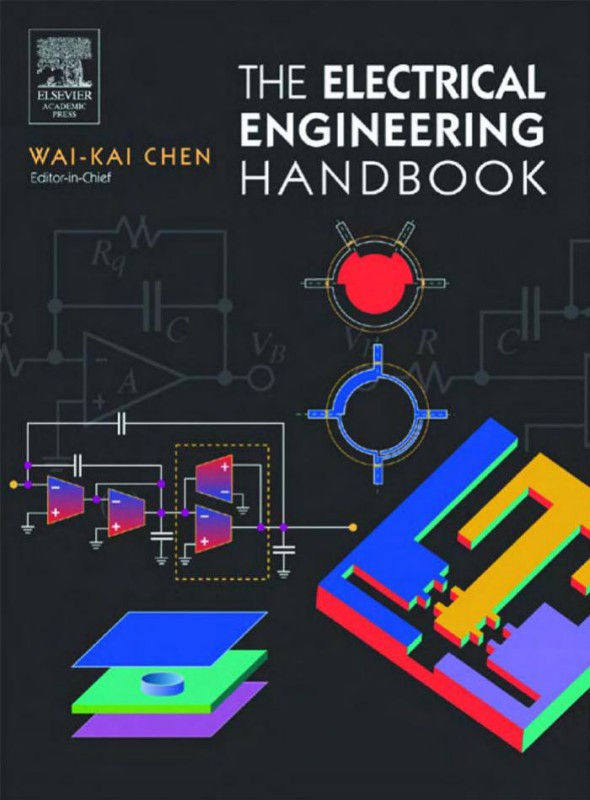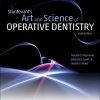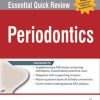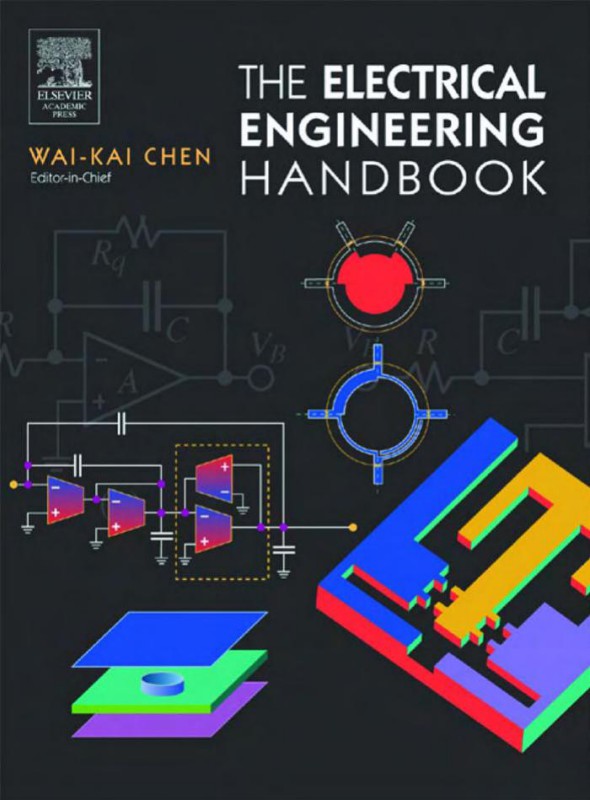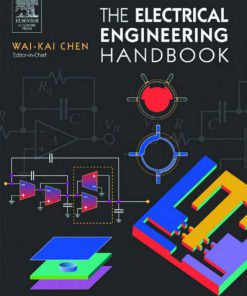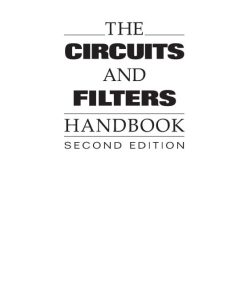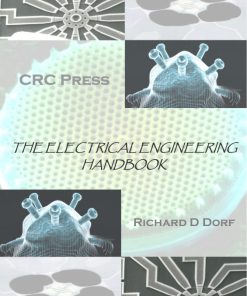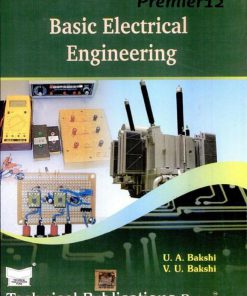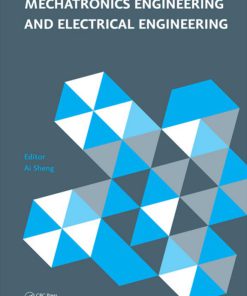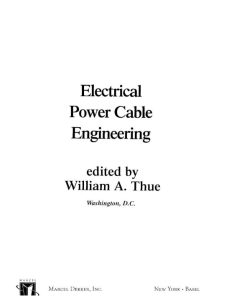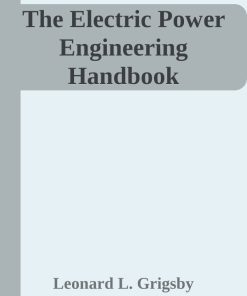The Electrical Engineering Handbook 1st edition by Wai Kai Chen 9780080477480 0080477488
Original price was: $50.00.$25.00Current price is: $25.00.
Authors:Wai Kai Chen , Series:Electrical Engineering [99] , Tags:Technology & Engineering; Electrical , Author sort:Chen, Wai Kai , Ids:Google; 9780080477480 , Languages:Languages:eng , Published:Published:Nov 2004 , Publisher:Elsevier , Comments:Comments:The Electrical Engineer’s Handbook is an invaluable reference source for all practicing electrical engineers and students. Encompassing 79 chapters, this book is intended to enlighten and refresh knowledge of the practicing engineer or to help educate engineering students. This text will most likely be the engineer’s first choice in looking for a solution; extensive, complete references to other sources are provided throughout. No other book has the breadth and depth of coverage available here. This is a must-have for all practitioners and students! The Electrical Engineer’s Handbook provides the most up-to-date information in: Circuits and Networks, Electric Power Systems, Electronics, Computer-Aided Design and Optimization, VLSI Systems, Signal Processing, Digital Systems and Computer Engineering, Digital Communication and Communication Networks, Electromagnetics and Control and Systems.About the Editor-in-Chief…Wai-Kai Chen is Professor and Head Emeritus of the Department of Electrical Engineering and Computer Science at the University of Illinois at Chicago. He has extensive experience in education and industry and is very active professionally in the fields of circuits and systems. He was Editor-in-Chief of the IEEE Transactions on Circuits and Systems, Series I and II, President of the IEEE Circuits and Systems Society and is the Founding Editor and Editor-in-Chief of the Journal of Circuits, Systems and Computers. He is the recipient of the Golden Jubilee Medal, the Education Award, and the Meritorious Service Award from the IEEE Circuits and Systems Society, and the Third Millennium Medal from the IEEE. Professor Chen is a fellow of the IEEE and the American Association for the Advancement of Science.* 77 chapters encompass the entire field of electrical engineering.* THOUSANDS of valuable figures, tables, formulas, and definitions.* Extensive bibliographic references.

